my garden is dead to much water in my ground help
bluedragon2k9
10 years ago
Related Stories

GARDENING GUIDES6 Dependable Ground Covers for Warm Climates
Swap some lawn for these drought-tolerant clumping plants — and watch your maintenance efforts diminish while they easily grow
Full Story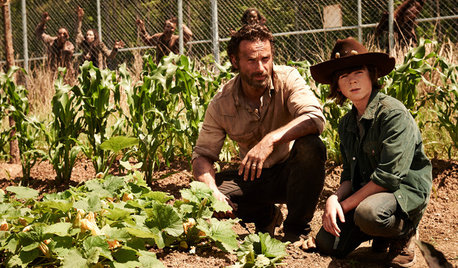
FUN HOUZZHow to Survive an Epidemic of Walking Dead
Tips to use around the house and garden to prep for the zombie apocalypse
Full Story
GROUND COVERSGround Force: 10 Top Ground Covers for Your Garden
Protect your soil from weeds and drought this summer with a living mulch of ground covers
Full Story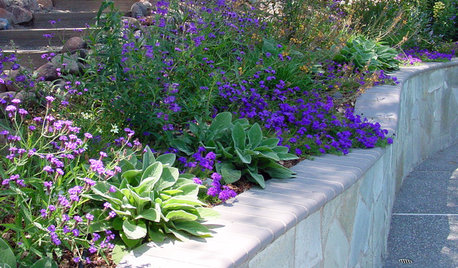
GARDENING GUIDESGreat Design Plant: Glandularia Rigida Paints the Ground Purple
Sandpaper verbena's deep purple flowers create a colorful carpet in drought-tolerant gardens
Full Story
CONTAINER GARDENSContainer Garden Basics: How and When to Water Potted Plants
Confused about soil moisture, the best time to water and what watering device to use? This guide can help
Full Story
PETS6 Ways to Help Your Dog and Landscape Play Nicely Together
Keep your prized plantings intact and your dog happy too, with this wisdom from an expert gardener and dog guardian
Full Story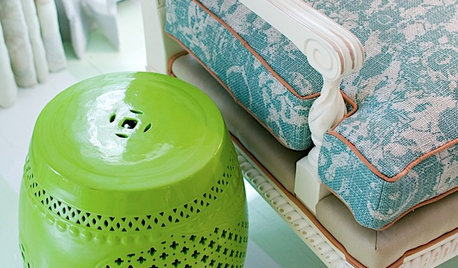
DECORATING GUIDESThe Most Helpful Furniture Piece You May Ever Own
Use it as a table, a seat, a display space, a footrest ... and indoors or out. Meet the ever-versatile Chinese garden stool
Full Story
STANDARD MEASUREMENTSThe Right Dimensions for Your Porch
Depth, width, proportion and detailing all contribute to the comfort and functionality of this transitional space
Full Story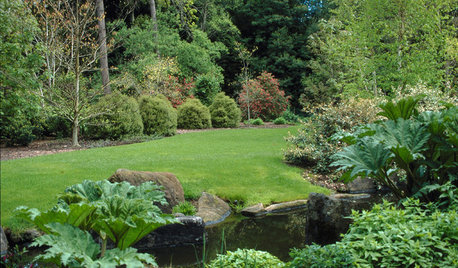
GARDENING GUIDESYou Don't Need Prairie to Help Pollinators
Woodlands, marshes, deserts — pollinators are everywhere
Full Story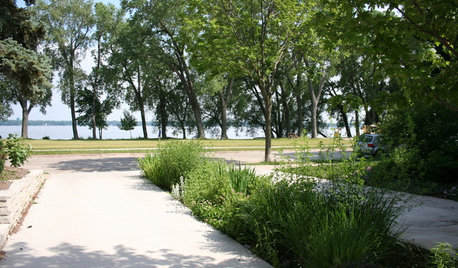
LANDSCAPE DESIGNHow to Design Your Landscape to Sink Water Into the Ground
Learn to infiltrate stormwater, even on challenging sites
Full StorySponsored
More Discussions







edweather USDA 9a, HZ 9, Sunset 28
seysonn
Related Professionals
New Bedford Landscape Architects & Landscape Designers · South Elgin Landscape Architects & Landscape Designers · Wake Forest Landscape Contractors · Addison Landscape Contractors · Caldwell Landscape Contractors · Cerritos Landscape Contractors · Crystal Landscape Contractors · East Patchogue Landscape Contractors · Gloucester Landscape Contractors · Indianapolis Landscape Contractors · North Richland Hills Landscape Contractors · Crowley Landscape Contractors · Oceanside Driveway Installation & Maintenance · Skokie Driveway Installation & Maintenance · Rochester Hills Driveway Installation & Maintenancebluedragon2k9Original Author
2ajsmama
digdirt2
2ajsmama
2ajsmama
2ajsmama
bluedragon2k9Original Author
seysonn
ceth_k
2ajsmama
nancyjane_gardener
2ajsmama
seysonn
2ajsmama
seysonn
harveyhorses
bluedragon2k9Original Author
bluedragon2k9Original Author
CarloMartin947
glib
lilydude
bluedragon2k9Original Author
bluedragon2k9Original Author
bluedragon2k9Original Author
bluedragon2k9Original Author
bluedragon2k9Original Author
bluedragon2k9Original Author
lilydude
potterhead2
2ajsmama
lilydude
2ajsmama
lilydude
2ajsmama
dajsnipe